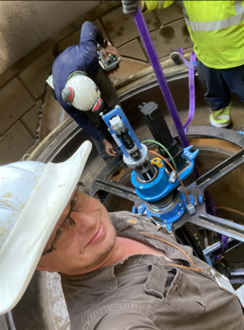Shutdown’s impact to companies revenue and profits in two ways; directly and indirectly.
Direct costs are:
- Materials required
- Additional labor required conducting planned tasks
- Crane-, scaffolding-, special tools rentals and other services
- Mobilization and demobilization costs
- Accommodation for external labor and so on
By indirect costs, we don’t mean indirect labor costs like supervision, camp costs but value of the lost production when the plant is on maintenance. Usually indirect costs are way greater than direct costs are and sometimes this cost is overlooked.
Assuming we have a Copper mine with annual capacity of 30 000 tpa without any by-products and the mill is operated 8000 h per year. With Cu price of 8 200 $/t and NSR 5%, annual revenue is 233.7 M$. With 8000 operating hours, hourly revenue loss is 29 212,5 $ when the mill is on maintenance. With said Cu price level, typically EBITDA is around 50 % from revenue and this leads to an hourly EBITDA loss of 14 606 $/h.
Normal year has an 8760 h and typically concentrator design criteria is 8000 h of production time per year. Increasing annual production time by 100 h, we increase the revenue by 2,921 m$. EBITDA increases more since fixed costs remain the same regardless of the operating hours or produced Copper.
Maintenance cost for said size plant can be around 10 m$/a. In order to get the same benefits by saving on costs than increasing the annual run hours is a true oxymoron as well as extremely challenging since doing less maintenance usually leads to less run hours.
Assuming that 760 non operating hours, 80 % is planned downtime (608 h), just 10 % reduction in shutdown times leads to a huge pay back time if some investments are required.

